Firstly, what are payments on account?
Payments on account are payments in advance against your future tax bill including National Insurance Class 4, if you are self-employed. You are required to make 2 payments on account every year unless the following applies:
- Your last self-assessment tax bill was no more than £1,000
- You’ve already paid more than 80% of all the tax you owe through your tax code (on any employment income)
Each payment you are due to make is half of your previous year’s tax liability. The payments are due by midnight on 31 January and 31 July each year. If any tax is still outstanding after you have made your payments on account, you must make a ‘balancing payment’ by midnight on 31 January the following year.
If this is your first year making payments on account, it is important to be prepared for your total tax due by 31st January as it could be quite a significant amount and some planning will be required.
For example, let’s say that as a result of your self-employment income you have a tax liability for the 2020/21 tax year of £20,000. This £20,000 will be due on the 31 January 2022. In addition to this HM Revenue and Customs will also expect you to pay your first payment on account of £10,000 towards your 2021/22 liability, calculated as 50% of your tax liability for 2020/21. For this example, this will make the total amount due to HMRC on the 31 January 2022 as £30,000. Following this you will also be required to make another £10,000 payment on account by 31 July 2022, which comprises the other half of the estimated liability for 2021/22.
You should be saving through the year prior to the liability becoming due and Hive can help you plan for this by letting you know in advance an estimate of your liabilities and when they would be due. Obviously for us as your accountants to be able to give you as much time as possible to plan, you should give us the information for your tax return as soon after the 5 April as possible. The later you reach out to your accountants, the less time you will have to prepare for your upcoming liability.
Additionally, it is important to remind you that your tax liability as a sole trader relates directly to your profit and therefore if your profits increase to be more than that in the prior year, you are likely to have a ‘balancing liability’ due. Using the example above, if your profits remain stable and you make your two £10,000 payments on account towards your 2021/22 tax liability, you should not have any additional tax payment to make on 31 January 2023 besides your first payment account for the following year. However, if your profits increase to the point where your overall liability for 2021/22 is £25,000 and you have your payments on account, your balancing payment will be £5,000 due 31 January 2023.
On the other hand, if you expect your profits for the following year to be less than 2020/21 you should communicate this to your accountant so that they can make a claim to reduce your payments on account accordingly.
The quicker you let your accountant know, the sooner they can recalculate your estimated liability and make the necessary claims on your behalf to prevent you making an overpayment to HMRC.








